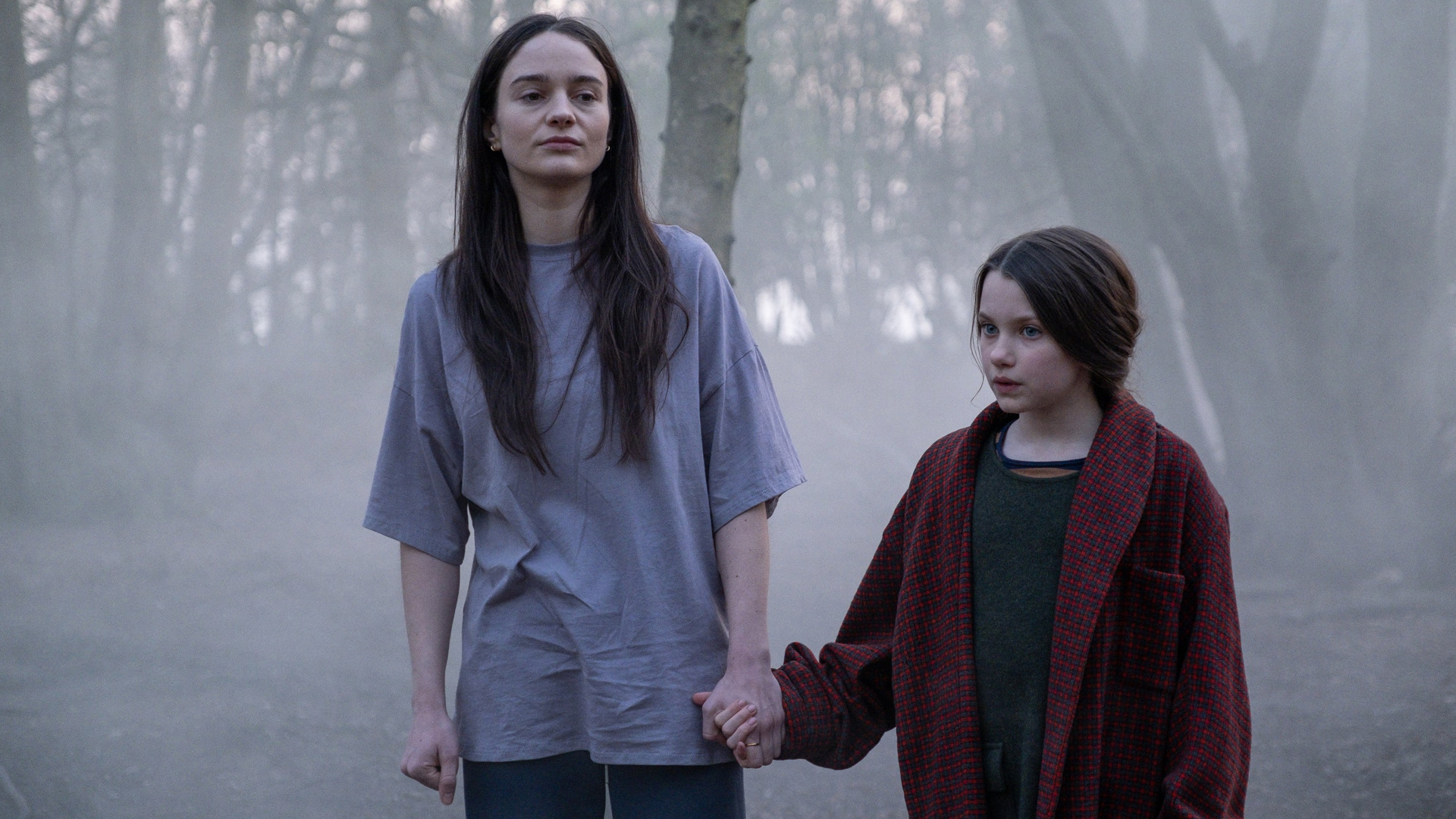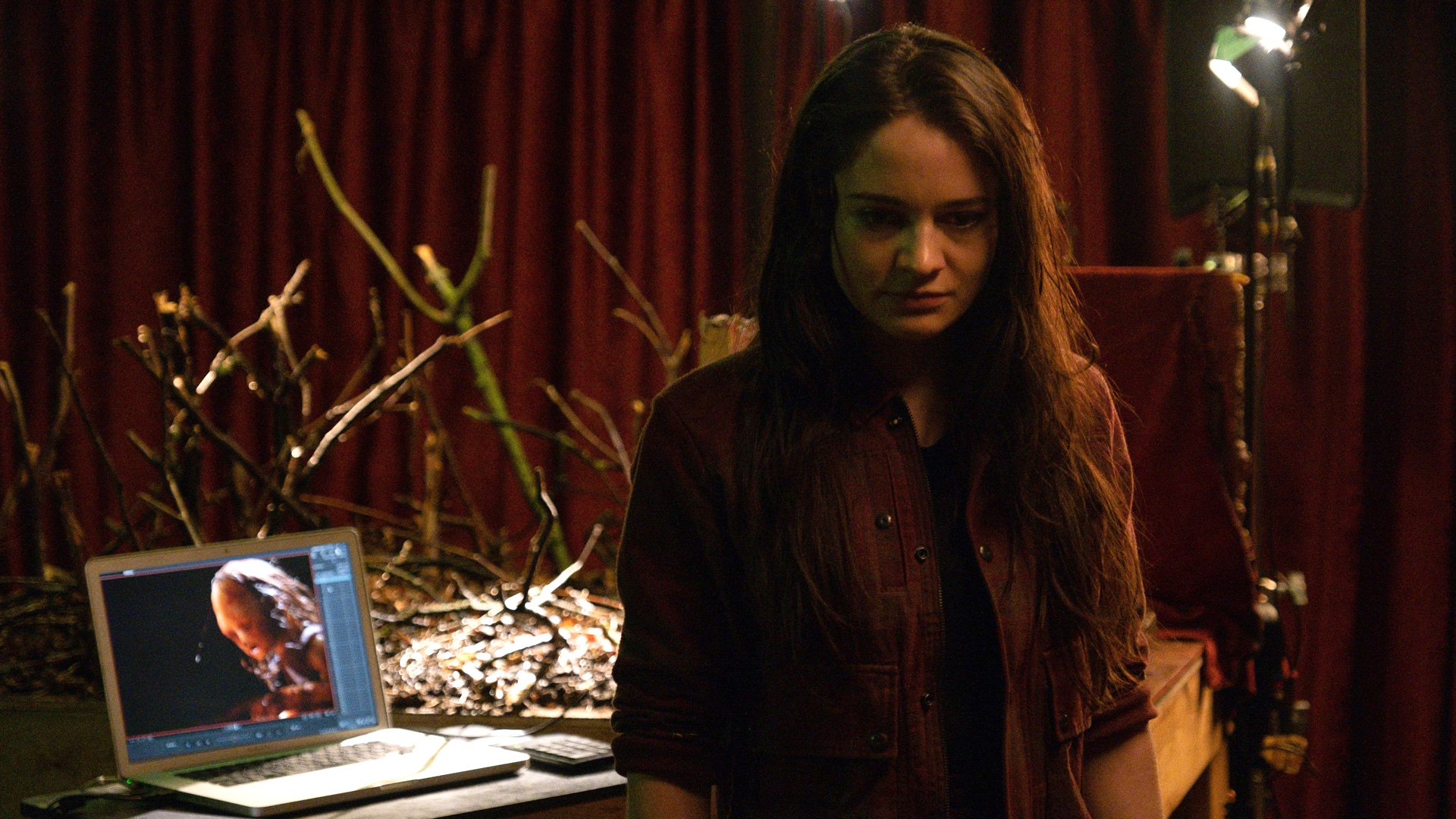Off the Radar: An animator descends into madness in Stopmotion
It’s the stuff cults are made of, which is the audience this film deserves.

Sick of streaming services recommending you the same kind of stuff? Liam Maguren’s Off the Radar column highlights strange, unique, gimmicky, semi-indescribable titles worthy of your attention. Here, he praises Shudder’s singular horror Stopmotion.
Director Robert Morgan’s Stopmotion feels like a dirty little secret: you must be mindful about who to share it with. Put it in front of your mum, your great uncle, your local plumber Ned, or any unsuspecting member of the public and you’ll soon be known as that person who’s into weird freaky puppet stuff. Show it to likeminded folk however—whether they’re horror buffs, animation enthusiast, or those special few snuggled in the centre of that Venn Diagram—and your bond will forever be strengthened. It’s the stuff cults are made of, which is the audience this film deserves.
Aisling Franciosi, perhaps best known for her igniting turn in Jennifer Kent’s The Nightingale, delivers a convincing slow-rot performance as reclusive creative Ella Blake. Her domineering mother Suzanne (Stella Gonet), a renowned stop-motion animation storyteller, has lost the use of her hands, and now relies on Ella to animate on her behalf. The poisonous kind of perfectionist, Suzanne doesn’t hesitate to torment her daughter with the three words no stop-motion animator wants to hear after spending hours on a single shot: “Do it again.”
When Suzanne lands in hospital, Ella finds herself with the gift and curse of total creative freedom. Living the life of a puppet of puppets for years, she struggles to find inspiration. That’s when a pesky little girl (Caoilinn Springall) pops up out of nowhere to give critiques and story ideas Ella never asked for. The suggestions seem harmless at first (some are even warranted) but when Ella starts ditching the few social events on her calendar to slap some red meat onto her dolls at the request of this child, it’s fair to say things feel a little off.

From here, Stopmotion leans gradually into the worrying obsessions that plague Ella’s psyche. Learned horror aficionado will play spot the Lynch or catch the Cronenberg with the way Morgan illustrates Ella’s warping world (especially with his use of curtains and raw beef). The parallels may be obvious, but they fit cosily into this disturbing space, peppered with the odd wince-inducing moments of shock to accompany this simmering descent into madness.
More importantly, Morgan makes his inspirations feel fresh by wrapping his story around stop-motion itself—an art form we all know looks freaky but is very rarely given the opportunity to fly that flag. This is Morgan’s wheelhouse, his unsettling short film work over the past two decades echoing that of The Quay Brothers. With animated segments that fully utilise the disturbing quality innate to stop-motion, Morgan joins the likes of Takahide Hori (Junk Head), Phil Tippett (Mad God), and Joaquín Cociña and Cristóbal León (The Wolf House) in making creepy stop-motion fashionable (if not quite mainstream yet) in the current feature film space.
The well-crafted stop-motion segments in the film deliver the most haunting insights into Ella’s mind. Whatever it is that Ella’s creating, it’s clearly coming from the darkest corner of her soul, and this film-within-the-film is content in leaving you to wonder about the origin of her inspirations rather than spelling it out. There’s also the added understanding that every second of animation we see equals hours of labour Ella’s spent on this monster. Being psychotic is one thing; being patient, precise, and psychotic is another.

If there’s anything holding Stopmotion back, it’s the character work. The chemistry between Ella and boyfriend Tom (Tom York) feels non-existent, which works towards Ella’s growing isolation but also makes you question how these two got together in the first place. Polly (Therica Wilson-Read), Ella’s friend by way of being Tom’s sister, brings an intriguing conflict as a successful woman working on the advertising side of animation production, which brings out the insufferable snob in Ella. Sadly, the film only touches on this timeless theme of Art v. Commerce. Suzanne’s prickly presence does the most to push Ella to the edge, so it’s surprising how quickly the film sends her to the hospital bed.
While the script leaves a lot of room for these relationships to be expanded on, this also allows Stopmotion to roll at the wonderfully concise running time of 93 minutes. Capped off with a woozy and uncompromising ending, Stopmotion successfully brings familiar elements together to create a uniquely horrific depiction of a troubled artist experiencing psychological freefall.






















